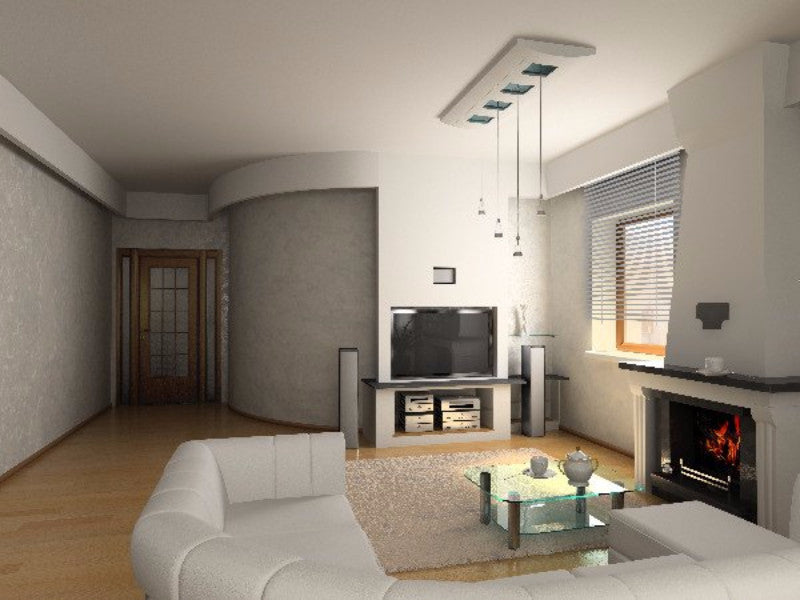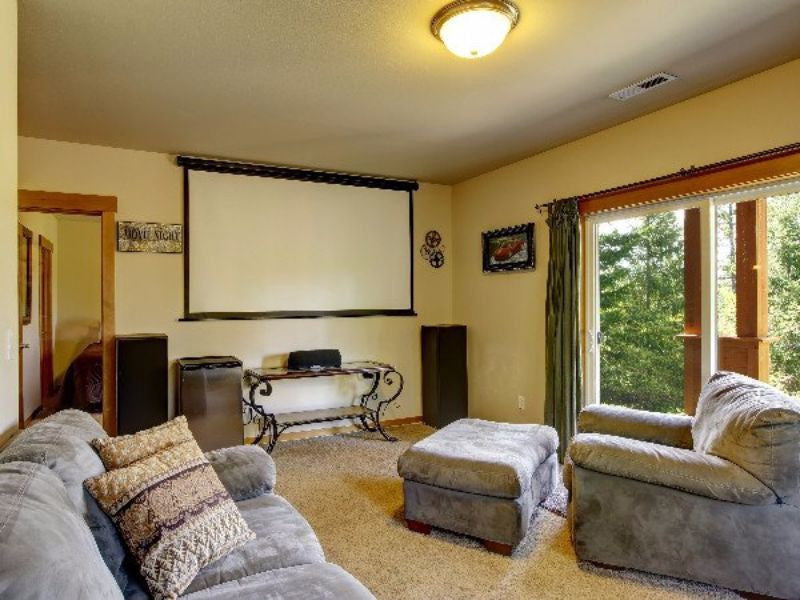Soundbar Speakers
Are your TV’s Speakers Falling Short?
In recent times, soundbars have become as ubiquitous as TVs and for good reason too. For most people, the best way to get hassle-free better sound quality with minimal breakage and wiring is through soundbars. They are simple, inexpensive and free from all the innumerable wires that come along with a home theater. True, that soundbars don’t sound as good as a true surround system, but if you’re looking to just pump up your TV watching experience, soundbars do more than a good job to satisfy your needs. A soundbar can make a vast difference in your TV watching experience. They’re amazingly better than the in-built sound of the TV and the pseudo-surround sound is great in its place. Here’s a guide on how to choose the best of them:
- Measure, Match - Get Clear On What You Want: Soundbars come in myriads of shapes and sizes. You can get it wall mounted, or you can get it to sit under the TV, or on a stand. You need to be aware of the size constraints that your setting places on the soundbar. Be sure that the lengths of the TV and the soundbar sync up. The most common design in the bar: it’s a long, thin speaker that’s generally paired with a subwoofer wirelessly. The more common practice is to place the bar on the TV stand. The sleeker pedestal-style soundbars sit under the TV. Although, the pedestal design never blocks the TV’s remote sensor, unlike the bar design, the main drawback is the bass, or lack thereof. Pedestal soundbars lack the additional subwoofer and cannot produce the same bass as a separate subwoofer can.
- Connectivity: Connectivity is a very important parameter to consider. What do you want to hook up with the soundbar and how do you want to do it? Majority of soundbars have at least an analog and a digital input. Newer models would have HDMI support. If you don’t want to connect everything with your TV and then connect the TV with the soundbar, you’d have to look for a soundbar with enough inputs to accommodate everything. Choose a soundbar with a display to see what input you’re tuning into - many soundbars omit this feature. Consider choosing a soundbar with USB and/or Bluetooth connectivity. Bluetooth makes it easy to listen to music from phones and tablets. USB can come in handy to connect an iPod or a flash drive.
- Types: Soundbars are broken down as being either active or passive. Both active and passive have their unique perks. Active soundbars solicit an all-in one setup i.e, the speakers, amplifier and all the other electronics are housed in one sleek bar lending the bar a compact, streamlined look. Active soundbars are mostly plug and play, thus ensuring a clean installation. Passive soundbars don’t come equipped with built-in amplifiers. They need an external amplifier or A/V receiver. The setup can sometimes be a little tricky, but you have a greater freedom to play around with the crossover settings and the ability to connect to more sources.
- Features: Newer soundbars are coming out with features like AirPlay and Bluetooth built in. These features allow your soundbar to double up as a wireless speaker for your living room. Don’t settle for a soundbar which lacks Bluetooth capability. Front panel displays are also a must. Soundbars which offer “remote learning” abilities are more preferable as they remove the hassle of having multiple remotes. Soundbars are compact, and thus low frequencies aren’t as pronounced on them. Thus, soundbars with external subwoofers might be a great buy. Klipsch and Yamaha soundbars come along with wireless subwoofers removing much of the connection hassle.
- Price: Soundbars follow the age old principle of “get what you pay”. Don’t get a soundbar for too less (less than Rs 5,000.) They might be better than your TV speakers, but not by much. You can get a decent soundbar in the Rs. 10,000 - Rs. 15,000 range, but it would, most likely, lack a subwoofer. These soundbars would be a lot better than your TV speakers but they will lack the bass and connectivity options. Soundbars between Rs. 15,000 and Rs. 30,000 form the real heart of the market. For almost all individuals, these soundbars would be more than adequate. Soundbars going above Rs. 30,000 are designed by companies which specialize in speakers and thus the quality and engineering are way above par. Klipsch, Yamaha, Canton, Philips, Focus and Sony are some of the companies that you can trust with your soundbar.
Conclusion
Now that some of your guesswork has turned into analytic deductions, take a look at the various options available which suit your needs. Once, you’ve narrowed your choices down, be sure to go out and give your candidates a listen before making a final decision. At the end of the day, what sounds best is what matters the most.






Comments
0 comments